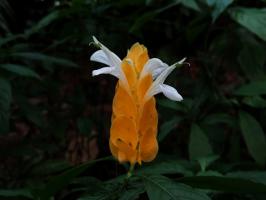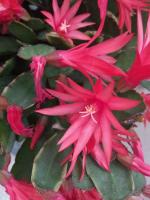1. Cultivation methods and precautions of gentian flower
Soil: loose and fertile soil should be selected when cultivating gentian flower. It is best to have strong air permeability and rich in humus. It can also be mixed with some animal manure to increase the organic content in the soil and prevent soil hardening
Light: gentian flower likes light and is suitable to be maintained in an environment with sufficient light. If the light is insufficient, it will lead to insufficient photosynthesis, and then can not synthesize enough nutrients, resulting in poor plant growth and affecting the later flowering. In addition, when the sun is too strong in summer, you need to shade it to avoid being burned

Watering: gentian flower likes humidity but is not resistant to waterlogging. The amount of watering needs to be controlled in the process of breeding. Keep the soil moist without ponding in the basin soil
Fertilization: gentian flower does not have a high demand for fertilizer. It only needs to apply some farm fertilizer to the basin soil at the beginning of cultivation. In the later growth process, only apply some organic fertilizer before it blooms

Disease control: common diseases of gentian flower include spot blight and white silk disease. In daily maintenance, Bordeaux liquid can be sprayed to prevent the occurrence of diseases. If it is already ill, you can spray Carbendazim and chlorothalonil
2. When does it bloom
Gentiana generally has its first flower in the first ten days of August every year, and the flowering period is 50 days. It opens during the day and closes at night. The Corolla is tubular and the color is blue purple, which is more beautiful


 jackfruit
jackfruit snake plant
snake plant hibiscus
hibiscus hydrangea
hydrangea lavender
lavender Green roses climb al...
Green roses climb al... If you don't pay att...
If you don't pay att... Management of four g...
Management of four g...



































